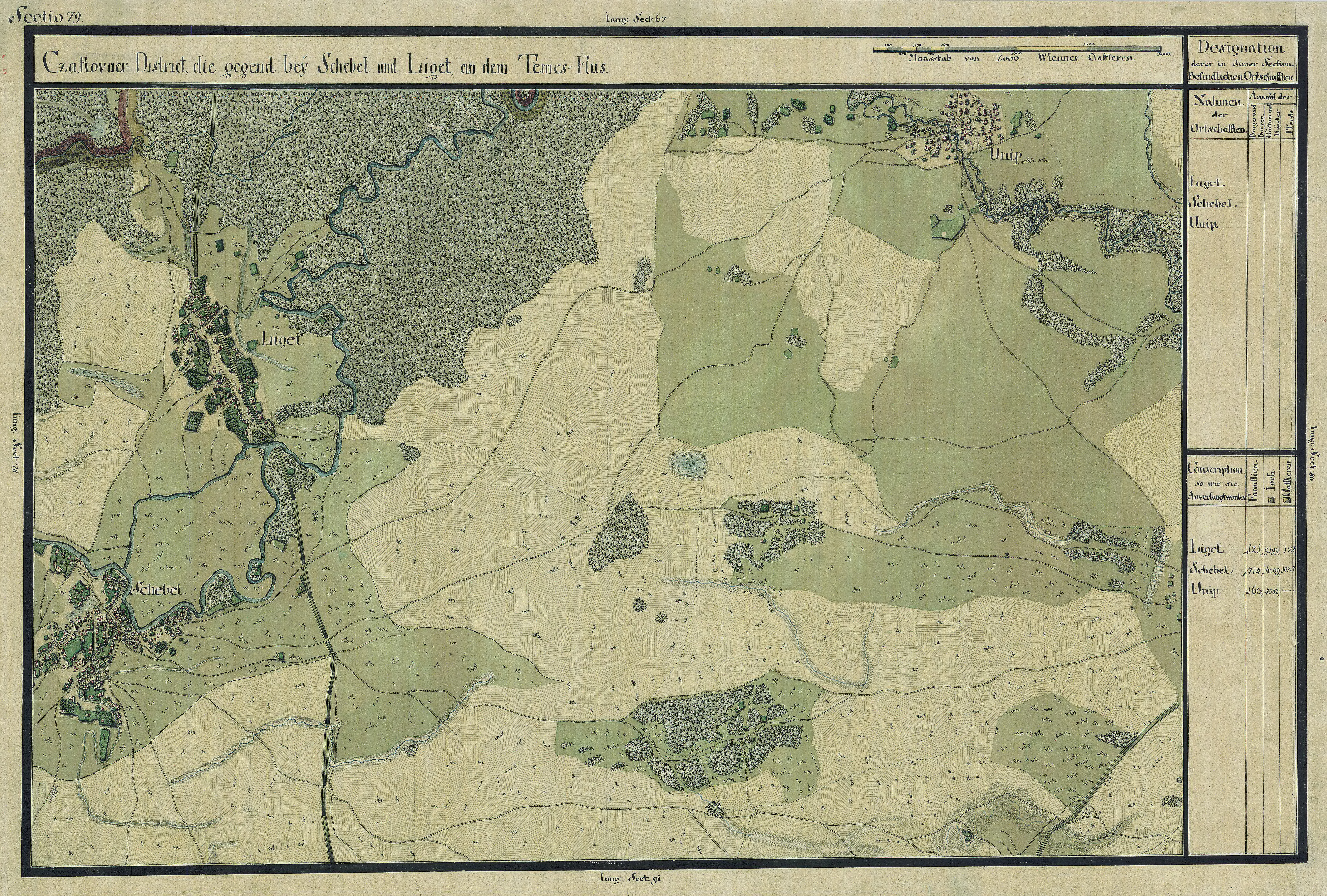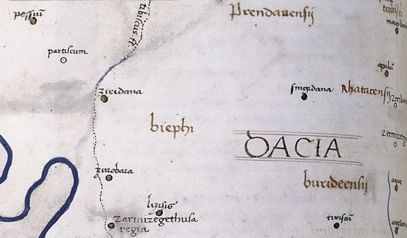|
Lanca Birda
The Lanca Birda is a left tributary of the river Timiș in Romania. It discharges into the Timiș in Gad. Its length is and its basin size is . The river was canalized downstream of Ghilad and at present plays the role of drainage canal Canals or artificial waterways are waterways or engineered channels built for drainage management (e.g. flood control and irrigation) or for conveyancing water transport vehicles (e.g. water taxi). They carry free, calm surface flo ... of the lowlands on the left bank of the Timiș. References Rivers of Timiș County Rivers of Romania {{Timiș-river-stub ... [...More Info...] [...Related Items...] OR: [Wikipedia] [Google] [Baidu] |
Romania
Romania ( ; ro, România ) is a country located at the crossroads of Central, Eastern, and Southeastern Europe. It borders Bulgaria to the south, Ukraine to the north, Hungary to the west, Serbia to the southwest, Moldova to the east, and the Black Sea to the southeast. It has a predominantly temperate-continental climate, and an area of , with a population of around 19 million. Romania is the twelfth-largest country in Europe and the sixth-most populous member state of the European Union. Its capital and largest city is Bucharest, followed by Iași, Cluj-Napoca, Timișoara, Constanța, Craiova, Brașov, and Galați. The Danube, Europe's second-longest river, rises in Germany's Black Forest and flows in a southeasterly direction for , before emptying into Romania's Danube Delta. The Carpathian Mountains, which cross Romania from the north to the southwest, include Moldoveanu Peak, at an altitude of . Settlement in what is now Romania began in the Lower Paleolithic, with ... [...More Info...] [...Related Items...] OR: [Wikipedia] [Google] [Baidu] |
Timiș County
Timiș () is a county ('' județ'') of western Romania on the border with Hungary and Serbia, in the historical region of Banat, with the county seat at Timișoara. It is the westernmost and the largest county in Romania in terms of land area. The county is also part of the Danube–Criș–Mureș–Tisa Euroregion. Name The name of the county comes from the Timiș River, known in Roman antiquity as ''Tibisis'' or ''Tibiscus''. According to Lajos Kiss' etymological dictionary, the name of the river probably comes from the Dacian language: ''thibh-isjo'' ("marshy"). In Hungarian, Timiș County is known as ''Temes megye'', in German as ''Kreis Temesch'', in Serbian as Тамишки округ/''Tamiški okrug'', in Ukrainian as Тімішський повіт, and in Banat Bulgarian as ''okrug Timiš''. Geography Timiș is the largest county in Romania, occupying 8,696.7 km2, i.e. 3.65% of the country's area. It is crossed by the 46th parallel north, the 21st meridian eas ... [...More Info...] [...Related Items...] OR: [Wikipedia] [Google] [Baidu] |
Liebling, Timiș
Liebling (formerly Brist; german: Liebling; hu, Liebling or ''Kedvenc'') is a commune in Timiș County, Romania. It is composed of three villages: Cerna (german: Tscherna; hu, Temescserna), Iosif (formerly Conacul Iosif; hu, Józsefszállás) and Liebling. Geography Liebling is located in the southwest of Timiș County, 35 km from Timișoara and 20 km from Ciacova, the nearest town. Hydrography Liebling belongs to the Timiș river basin. Tofoaia Valley crosses Liebling to the north, flowing into the Timiș River through the Birda-Lanca Canal. Climate The influence of the Mediterranean and oceanic air masses makes the winters shorter and milder with a positive average temperature of 0.2 °C, the coldest month being January. Springs are earlier and warmer, but short and with large temperature variations caused by the activity of cyclones in the Mediterranean and the Atlantic. Summers are long and hot. Autumns are also long, conducive to harvesting. History The first ... [...More Info...] [...Related Items...] OR: [Wikipedia] [Google] [Baidu] |
Jebel, Timiș
Jebel ( hu, Széphely; german: Schebel) is a commune in Timiș County, Romania. It is composed of a single village, Jebel, and also included Pădureni village until 2004, when it was split off to form a separate commune. History Jebel was first mentioned in papal tithes in 1334 under the name ''Zephel''. In 1401, the local nobleman Nicolae Trentul had a fortress here, which had to be demolished later, and in 1425 the fortress was rebuilt in the nearby forest. At that time it had the right to organize fairs and owned several floating mills on Timiș River. In 1479 it was sold to Miklós and Jakab Bánffy. Turkish traveler Evliya Çelebi, who has passed through Asia, Africa and Europe, noted various information related to the journeys he had made, describing it in ten volumes. In 1660, he, together with Ali, the Turk in charge with Timișoara region, visits Jebel and describes the village as being inhabited by Christian Romanians, as all the villages of Banat. The Jebel area, un ... [...More Info...] [...Related Items...] OR: [Wikipedia] [Google] [Baidu] |
Ghilad
Ghilad ( hu, Gilád; german: Gilad or ''Kilatt'') is a communes of Romania, commune in Timiș County, Romania. It is composed of two villages, Gad ( hu, Gád; sr, Гад, Gad) and Ghilad. These were part of the commune of Ciacova until 2004, when they were split off. History The first recorded mention of Ghilad dates from 1212, when Andrew II of Hungary donated ''Gyad'' to ''Sebeș, Terra Sebus'', responsible for the transfer of possession being the prefect of Csanád County, Csanád, Nicolae Csáky. It was not mentioned in documents until the second half of the 16th century, then it is said that it was inhabited by Romanians, brought from Transylvania by Rami Pasha. In 1717, when the Austrians conquered Banat from the Turks, they conducted a census showing that the locality then called ''Donji Gilad''/Доњи Гилад in Serbian language, Serbian had 100 houses, and a few kilometers away, the locality of ''Gornji Gilad''/Горњи Гилад had 80 houses. Under Empress Mar ... [...More Info...] [...Related Items...] OR: [Wikipedia] [Google] [Baidu] |
Timiș (river)
The Timiș or Tamiš ( ro, Timiș, sr, Тамиш; german: Temesch, hu, Temes) is a long river that flows through the Banat region of Romania and Serbia and joins the Danube near Pančevo, in northern Serbia. Due to its position in the region, it has been labeled as the "spine of the Banat". Name In antiquity, the river was known as ''Tibiscus'' (in Latin) and ''Tibisis'' (Θίβισις in ancient Greek); in addition, Edward Gibbon referred to it as the ''Teyss''. ''The Romans, who traversed the plains of Hungary, suppose that they passed several navigable rivers, either in canoes or portable boats; but there is reason to suspect that the winding stream of the Teyss, or Tibiscus, might present itself in different places under different names.'' Geography The drainage area covers , of which in Romania. With the Danube, it belongs to the Black Sea drainage basin. The river flows through Romania for , and through Serbia. Its average discharge at the mouth is . The sour ... [...More Info...] [...Related Items...] OR: [Wikipedia] [Google] [Baidu] |
Folea (river)
The Folea is a left tributary of the river Lanca Birda The Lanca Birda is a left tributary of the river Timiș in Romania. It discharges into the Timiș in Gad. Its length is and its basin size is . The river was canalized downstream of Ghilad and at present plays the role of drainage canal ... in Romania. It flows into the Lanca Birda near Jebel. Its length is and its basin size is . References Rivers of Timiș County Rivers of Romania {{Timiș-river-stub ... [...More Info...] [...Related Items...] OR: [Wikipedia] [Google] [Baidu] |
Vâna Mare (Lanca Birda)
The Vâna Mare is a right tributary of the river Lanca Birda The Lanca Birda is a left tributary of the river Timiș in Romania. It discharges into the Timiș in Gad. Its length is and its basin size is . The river was canalized downstream of Ghilad and at present plays the role of drainage canal ... in Romania. It flows into the Lanca Birda near Jebel. Its length is and its basin size is . References Rivers of Timiș County Rivers of Romania {{Timiș-river-stub ... [...More Info...] [...Related Items...] OR: [Wikipedia] [Google] [Baidu] |
Tributary
A tributary, or affluent, is a stream or river that flows into a larger stream or main stem (or parent) river or a lake. A tributary does not flow directly into a sea or ocean. Tributaries and the main stem river drain the surrounding drainage basin of its surface water and groundwater, leading the water out into an ocean. The Irtysh is a chief tributary of the Ob river and is also the longest tributary river in the world with a length of . The Madeira River is the largest tributary river by volume in the world with an average discharge of . A confluence, where two or more bodies of water meet, usually refers to the joining of tributaries. The opposite to a tributary is a distributary, a river or stream that branches off from and flows away from the main stream. PhysicalGeography.net, Michael Pidwir ... [...More Info...] [...Related Items...] OR: [Wikipedia] [Google] [Baidu] |
Drainage
Drainage is the natural or artificial removal of a surface's water and sub-surface water from an area with excess of water. The internal drainage of most agricultural soils is good enough to prevent severe waterlogging (anaerobic conditions that harm root growth), but many soils need artificial drainage to improve production or to manage water supplies. History Early history The Indus Valley civilization had sewerage and drainage systems. All houses in the major cities of Harappa and Mohenjo-daro had access to water and drainage facilities. Waste water was directed to covered gravity sewers, which lined the major streets. 18th and 19th century The invention of hollow-pipe drainage is credited to Sir Hugh Dalrymple, who died in 1753. Current practices Geotextiles New storm water drainage systems incorporate geotextile filters that retain and prevent fine grains of soil from passing into and clogging the drain. Geotextiles are synthetic textile fabrics specially m ... [...More Info...] [...Related Items...] OR: [Wikipedia] [Google] [Baidu] |
Canal
Canals or artificial waterways are waterways or engineered channels built for drainage management (e.g. flood control and irrigation) or for conveyancing water transport vehicles (e.g. water taxi). They carry free, calm surface flow under atmospheric pressure, and can be thought of as artificial rivers. In most cases, a canal has a series of dams and locks that create reservoirs of low speed current flow. These reservoirs are referred to as ''slack water levels'', often just called ''levels''. A canal can be called a ''navigation canal'' when it parallels a natural river and shares part of the latter's discharges and drainage basin, and leverages its resources by building dams and locks to increase and lengthen its stretches of slack water levels while staying in its valley. A canal can cut across a drainage divide atop a ridge, generally requiring an external water source above the highest elevation. The best-known example of such a canal is the Panama Can ... [...More Info...] [...Related Items...] OR: [Wikipedia] [Google] [Baidu] |
Rivers Of Timiș County
A river is a natural flowing watercourse, usually freshwater, flowing towards an ocean, sea, lake or another river. In some cases, a river flows into the ground and becomes dry at the end of its course without reaching another body of water. Small rivers can be referred to using names such as creek, brook, rivulet, and rill. There are no official definitions for the generic term river as applied to geographic features, although in some countries or communities a stream is defined by its size. Many names for small rivers are specific to geographic location; examples are "run" in some parts of the United States, "burn" in Scotland and northeast England, and "beck" in northern England. Sometimes a river is defined as being larger than a creek, but not always: the language is vague. Rivers are part of the water cycle. Water generally collects in a river from precipitation through a drainage basin from surface runoff and other sources such as groundwater recharge, springs ... [...More Info...] [...Related Items...] OR: [Wikipedia] [Google] [Baidu] |





